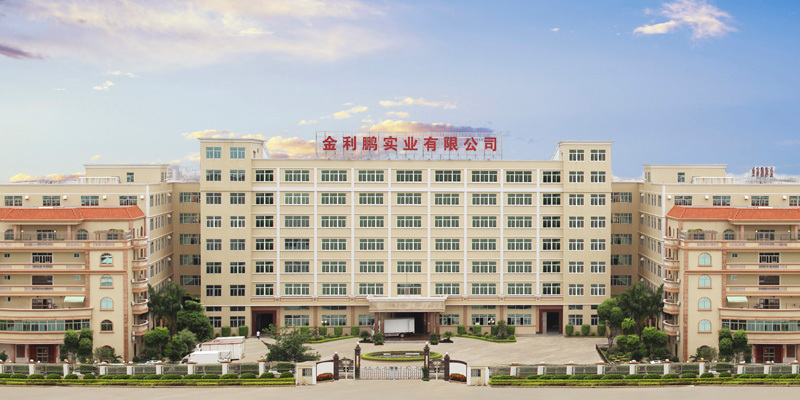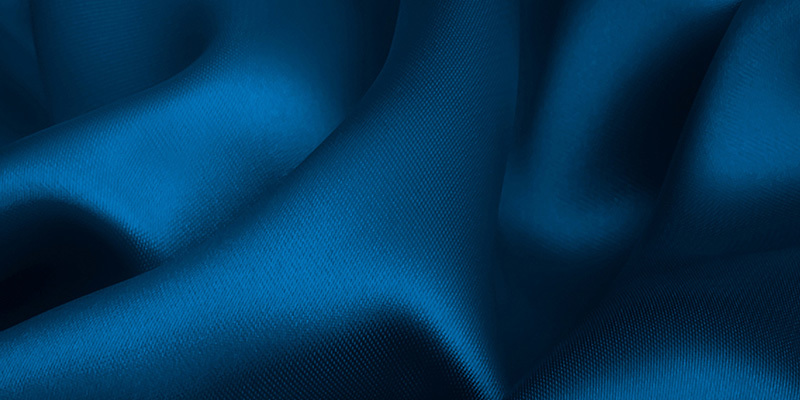Knitting process characteristics
Time:
2022-04-27 08:27
Source:
According to different process characteristics, knitting production is divided into two categories: weft knitting and warp knitting. In weft knitting production, after the raw material has been wound, the package yarn can be directly put on the machine for production. Each yarn is sequentially placed on each knitting needle of a weft knitting machine in the weft direction to form a weft knitted fabric. In warp knitting production, the raw materials are wound and warped, and the yarns are arranged in parallel and wound into warp beams, which are then produced on the machine. The yarns are unwound from the warp beam, and each yarn is placed on one or at most two knitting needles of a warp knitting machine in the longitudinal direction to form a warp knitted fabric. There is also a method of combining weft knitting and warp knitting on some knitting machines. At this time, two sets of yarns are arranged on the knitting machine, one set is covered by the warp knitting method, and the other set is covered by the weft knitting method. The loops formed by the same yarn are arranged in the weft direction in weft knitted knitted fabrics and in the warp direction in warp knitted knitted fabrics.
In 2010, China's macro-economy continued to pick up and improve. With the gradual stabilization of domestic employment, market confidence improved, and residents' living standards continued to improve, the market demand for clothing and consumer goods will maintain a steady growth. At the same time, the national plan to expand domestic demand continues to advance. In order to further improve people's livelihood, the state's investment in agriculture, rural areas, affordable housing construction, and promotion of automobile consumption will also continue to increase, which provides a broader scope for home textiles and industrial textiles. market space.
The knitting industry is an important part of the textile industry. In 2008, China's knitted garments accounted for more than 50% of all garments, which is getting closer to 65% in developed countries. From January to December 2010, the knitting industry produced a total of 16.417 billion pieces of knitted garments, a year-on-year increase of 18.38%. From 2005 to 2010, the industry market sales revenue continued to increase, from 200.892 billion yuan in 2005 to 409.737 billion yuan in 2010, with a year-on-year growth rate of between 8% and 52%, the highest being 51.14%, and the lowest being 8.63%. The increase is relatively large, with a year-on-year increase of 23.34% in 2010.
With the increase in the income of urban and rural residents, consumers' higher requirements for clothing and clothing taste, in the context of the country's expansion of domestic demand and encouragement of consumption, the accelerated process of population urbanization and technology-driven development will bring opportunities for the development of the knitting industry, making domestic sales more important for knitting. The pulling role of industry growth will become increasingly important. In addition, the further development of the ASEAN market and the cultivation of new international markets will promote the development of the knitting industry in 2011.
As the knitting industry is highly dependent on labor, China's low wage costs have an obvious advantage, coupled with China's huge market share and mature technology support, the future of the global knitting industry will be mostly concentrated in China. With the continuous introduction of advanced technology, the knitting industry is accelerating the realization of industrial upgrading and forming a regional knitting base. Overall, the development prospects of the knitting industry are good.
News related
2021-09-15
What kind of fabric is yarn weaving
2021-09-15
Knitting process characteristics
Headquarters——
Address: Gaotang Industrial Zone, Liangying Town, Chaonan District, Shantou, Guangdong
Tel:0754-85621898
Mobile:Mr. Lin 13809718675
Guangzhou Zhongda——
Address: f1023, first floor, Guangzhou International Textile City
Tel:020-89882633
Mobile:Mr. Lin 13539636888
Guangzhou Zhujiang head office——
Address:10182, Naner street, zone a, Guangzhou Pearl River International Textile City
Tel:020-89993929
COPYRIGHT © SHANTOU JINLIPENG CLOTH INDUSTRY CO.,LTD ALL RIGHTS RESERVED.
粤ICP备07511931号 Technical support by 300.cn SEO


Tiktok

Mobile website






